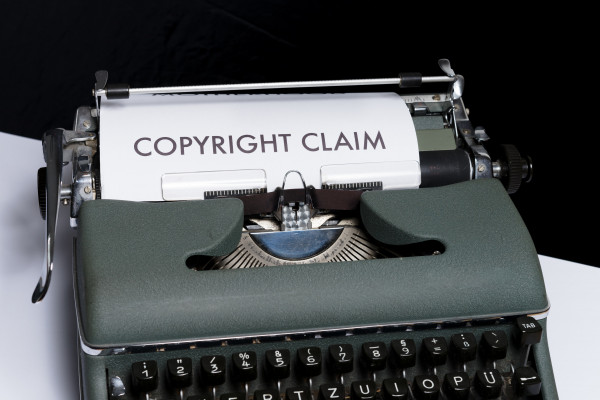Video: How to Outline Your Plot with Beemgee
Plot Outliner –
Plot Outliner –
Best practices to get the most out of this powerful author tool.
Welcome to Beemgee, the browser-based app that helps you get to grips with YOUR STORY. Follow the advice below to fully enjoy the Beemgee experience.
Dos and Don’ts
Do log in to Beemgee before working on a Beemgee project. Go to any www.beemgee.com page and click LOGIN in the top menu – or bookmark this link: https://www.beemgee.com/app/login.
Do use the Global Menu (button top left) and choose the project you want to work on under “All Stories”.
Do log out after every session, and then close the project window! That’s right, don’t be surprised to see your project still open after you have logged out – it is possible to view Beemgee projects even if you are not registered. This means you can send your project link to friends, colleagues and collaborators. More about this below. (more…)
Character Building
When you work out what the characters do and why they do it, you are effectively working on your plot.
Find a video here.
The Beemgee character-builder asks you a series of questions about each of your main characters. Answering them will help you find their role and importance in narrative.
Always try to keep your answers as concise as possible. And above all, always remember that knowing the answers to these questions is not enough. You must show your audience what you have answered through scenes. That means there must be plot events that convey what you have answered here to your readers or viewers.
Working on Characters

Click into the CHARACTER area of Beemgee. By the way, stay in the same browser window, whether you’re working on PLOT, CHARACTER or STEP OUTLINE – having one project open in multiple windows may result in some of your input being lost.
In the CHARACTER area you’ll land in COMPARE-view, where you can add a character card for each of the major figures in your story.
Beemgee will help you outline your plot using the principle of noting ideas for scenes or plot events on index cards and arranging them in a timeline. This is a separate process from actually writing the story. Most accomplished authors outline their stories before writing them, because it saves rewrites later.
Find a video here.
In this post we will explain –
The Beemge author tool is divided into three separate areas, PLOT, CHARACTER and STEP OUTLINE. You navigate them easily in the top menu.
Important note: Make sure to stay in the same browser window in whichever area you’re working. Having one project open in multiple windows may result in some of your input being lost.
How To Create An Event Card
Profile settings and the overview of all your projects via the global menu.
The TOUR guides you through the main features and functions. You can turn it on and off any time in your profile settings.
On-site help wherever you are in the tool under | ? |.
How to set and assign recurring motifs to the plot events of your story.
Highlight and Filter Your Scene Details.
Set the structure markers in the NARRATIVE order, see them in both sort orders.
Click one of the links below.
When the project opens, feel free to drag and drop or edit whatever you want – any changes you make will not be saved. It’s the perfect way to explore Beemgee functionality. Try the FILTER function, for instance, or the NARRATIVE-CHRONOLOGY switch. Go to the CHARACTER tool, mark your favourite character and hit DEVELOP in the tool bar. Or read the STEP OUTLINE.
If you don’t have an account yet, you’ll still see all the PREMIUM features, such as STORY QUESTIONS in the STEP OUTLINE section or the detail views of PLOT events or CHARACTER sheets.
SEA BATTLES (Look closely, you might recognise this story!)
Have a look at a list of CLASSICAL CHINESE LITERATURE. Click the NARRATIVE-CHRONOLOGY switch to see the order of appearance and the order of when the stories are set.
Or disentangle the complex chronology of THE STAR WARS SAGA. Click the NARRATIVE-CHRONOLOGY switch to see the difference between the year of production and what happened when in the story.
Finally, read THE BEEMGEE STORY as a Beemgee project. Try opening the DESCRIPTIONs per event at the bottom of the sidebar, or read it as copy text in the STEP OUTLINE section.

However, copyright is a complex legal issue we cannot hope and don’t even want to explain properly here.
Each country has its own copyright laws. Also, copyright usually doesn’t apply until there is a pretty concrete manifestation of a “work”. It is easier to establish the copyright of the text of a novel than of the story the novel recounts. A story idea or even a fairly detailed outline may not qualify for legal copyright. But if you have a project in the form of a detailed outline which has a date to it, you have at least a way of asserting your moral rights to the intellectual property. (more…)